
views
MUMBAI, India, Oct. 3, 2020 /PRNewswire/ — Aspiring independent Financial Analyst Sparsh Kabra shares his perspective on Paper Money The crisis of 2020. Inflation is not what as it used to be 50 years ago. There has been a new inflation off the books and out of the shopping basket – inflation in property and financial assets. Giving an example, Kabra mentions that NASDAQ is in a bubble and bond prices are off the dial. This asset inflation is an economic method to juice the economies of the world through a trickle-down mechanism-feeding employment, pensions, corporate finance and the financial superstructure around the globe. Money is injected into these assets and liquidated over time, thus allowing companies to borrow, hire and expand freely.
The market is meant to be a super-efficient valuation mechanism but it appears to be broken. The stock market has lost its ability to value companies and is now a warehouse for cash as the Fed continues to pump fiat money. However, this approach has been maxed out. This scheme – quantitative easing – has reached its limits of sustainability and more new money might burst the bubble and trigger a meltdown.
The Market is not stable. For example: Combined market cap of FANGMAN (Facebook, Apple, Netflix, Google, Microsoft, Amazon, Nvidia) has lost $636bn within 2 days, almost equal to the GDP of Switzerland due to market correction and high liquidity. One of the main reasons why the QE splurge did not drive huge inflation is that the global supply side is flexible and geared to fulfil new demand.
However, the coronavirus crisis has increased the money supply but disrupted manufacture of things/dislocated the supply chain. Limited seating restaurants, out of stock grocery stores and cars are all jacking up prices. There is hope that the supply chain will recover fast enough to blunt the extent of a supply-side shock on spiking inflation. In a recession with periods of deflation, it is possible to increase the money supply without causing inflation-because, money supply depends not only on the monetary base but also the velocity of circulation(which reduced due to sharp fall in transactions). It may be necessary to print money(quantitative easing) to avoid deflation. This has a minimal impact on underlying inflation- though banks saw an increase in their reserves, they were reluctant to increase bank lending.
The new monetary theory – the strategy to save the economy – leaves a vast increase of money leading to inflation which can only be countered with unemployment. This strategy is to pump money into the economy to keep it from a meltdown and then tax it out of the system as inflation appears. However, the effects of tax changes lag by months/years, thus the pumped money will have enough time to boost inflation and ramp prices. Unlike quantitative easing, money is being injected “bottom up” in a classic way to stimulate inflation by handing free money to people with a big need and a strong desire to spend. This is classically inflationary.
The best scenario for investors – Get comfortable geographically and financially. Get out of uncomfortable assets and invest money into comfortable assets For example, half cash and half inflation hedges Move money into inflation hedges(precious metals, crypto-bitcoin and ether) as an outcome of new money starts to be felt Kabra cites another example: Warren Buffett has bought into Barrick gold, an inflation hedge and is now focusing on japan, an economy of deflationary tendencies. Second best option to hedge cash against us bailout driven inflation is investments in strong currencies like the yen. Japan creates liquidity by enabling debt rather than dropping helicopter money. It counters QE with new liabilities and stops cash from escaping into the market. Until the world economy is back to pre-crisis levels, it will have built an impossible debt.
Most stock markets are in bubbles and when the bubble bursts, there will be another violent calamity, followed by another bailout from central reserves. This questions the sustainability of economic growth as another bailout will not be conducive to low inflation. As for investors in the market, Kabra believes it is the perfect traders market and market volatility enables high returns in short term option trading. As for long term investors, this is going to be a long roller coaster ride testing their resolve.
About the author Sparsh Kabra is an aspiring independent Financial Analyst with broad expertise in insurance, investment, travel management and stockbroking. He is experienced at translating complex ideas into clear, accessible narratives. He has done significant economic research and experience working with PayTM, ATPI, Equitree Capital Advisors Pvt. Ltd, and Edelweiss. His website https://www.sparshkabra.com is a Financial Literacy Website – A platform to increase financial education for all ages without geographical limitations. He has also researched and compiled 3 handbooks covering the most essential topics under Financial Education to encourage school students to obtain basic financial skills which are essential for their full participation in society and a lifetime of well-being.
His YouTube channel https://www.youtube.com/c/SparshKabra2521/featured is a platform where he presents his perspective and discusses macro-economic implications of global economic matters, international trade, currency and investments in a simple yet innovative manner. PWR PWR 10031013 NNNN.












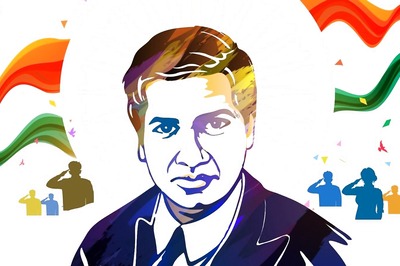


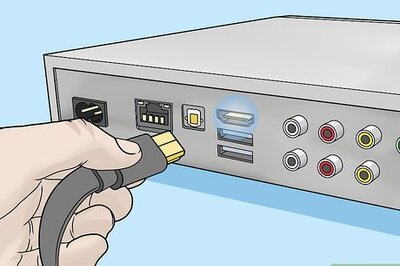
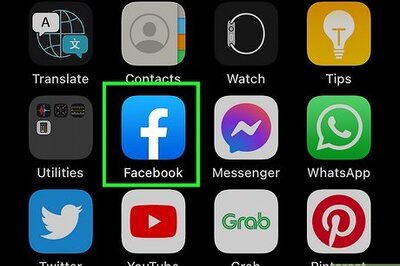

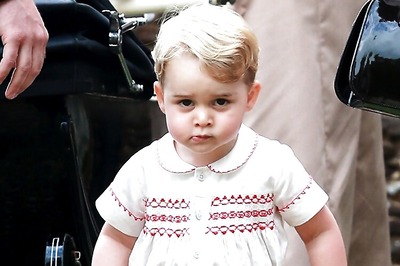
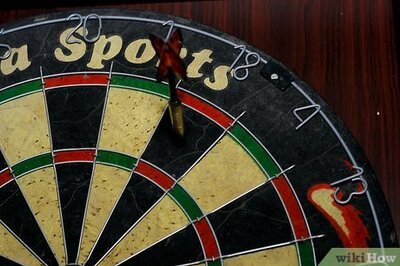
Comments
0 comment